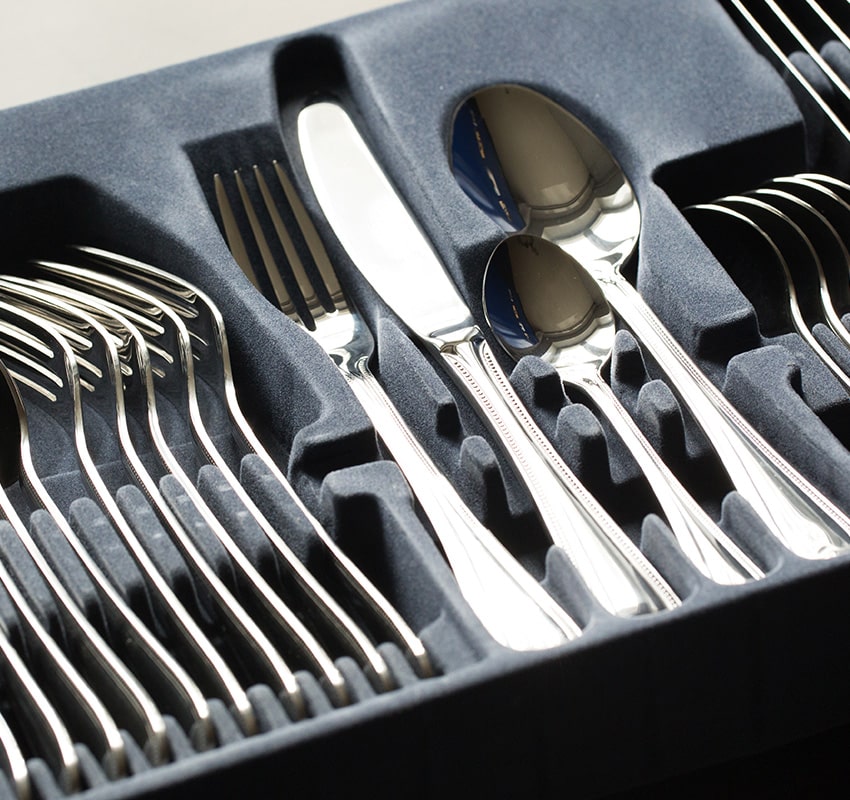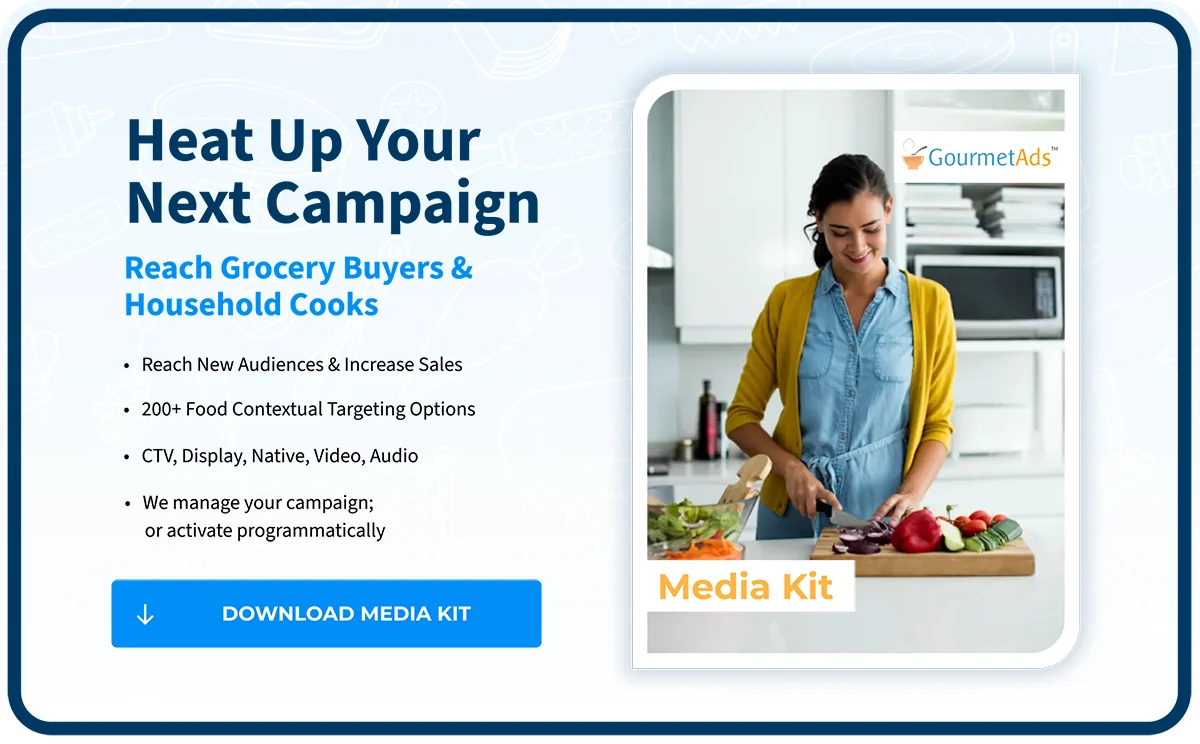Cutlery Targeting
Across our managed publishers, we see millions of Cutlery online searches each month. We are able to leverage our contextual targeting engine to provide a unique opportunity for companies advertising Cutlery products seeking to reach their target audience.
Reach Cutlery Customers
We offer the ability to either advertise on pages next to Cutlery content or to people who have previously looked at Cutlery content in the past. We know that people looking at Cutlery content online are most likely in the process of upgrading their dining tools, specifically seeking to improve their meal experience with new and stylish Cutlery sets.
Cutlery Targeting Solutions
Realtime Cutlery Targeting
Our Realtime Cutlery Targeting option allows advertisers to run their advertising next to Cutlery content as the individual looks at the page. This is the ultimate solution for advertising items like Cutlery sets, individual utensils, and dining accessories. We can run this targeting across our own managed supply and via audience extension.
Popular Cutlery searches
There are thousands of Cutlery searches each month. The top twenty Cutlery searches we see include;
- Stainless steel cutlery
- Best kitchen knives
- Cutlery sets
- Silverware sets
- Knife set
- Forks and spoons
- Table knives
- Chef knives
- Cutlery brands
- Luxury cutlery
- Dishwasher safe cutlery
- High-end silverware
- Wooden cutlery
- Plastic cutlery
- Cutlery deals
- Flatware sets
- Eco-friendly cutlery
- Cutlery design
- Antique cutlery
- Modern cutlery
Campaign Options for Targeting
- Programmatic Advertising via Deal ID / PMP
- Curated Deals
- Managed Services
Media Formats for Campaign Targeting
Food Targeting Categories
Since 2008, Gourmet Ads has been the global leader in food-focused advertising, specializing in Contextual Targeting. Discover a wide range of Food Targeting Categories for your next advertising campaign or programmatic deals, including Alcohol, Beverage, Cuisine, Diet, Ingredient, Kitchen Appliances, Non-Endemic, Publisher, and Recipe Targeting. We ensure your brand resonates with an engaged, culinary-inclined audience, transforming advertising campaigns into deliciously successful endeavors. Experience Gourmet Ads—where your message meets the appetite of your desired market.
Let’s Get Started !
Let the Gourmet Ads team walk you through all the options available to ensure that your Food, Supermarket, Beverage or Kitchen advertising campaign has the best possible combination of Premium Guaranteed Inventory, Scale, First Party Data, Contextual Targeting and Programmatic Advertising elements.
















